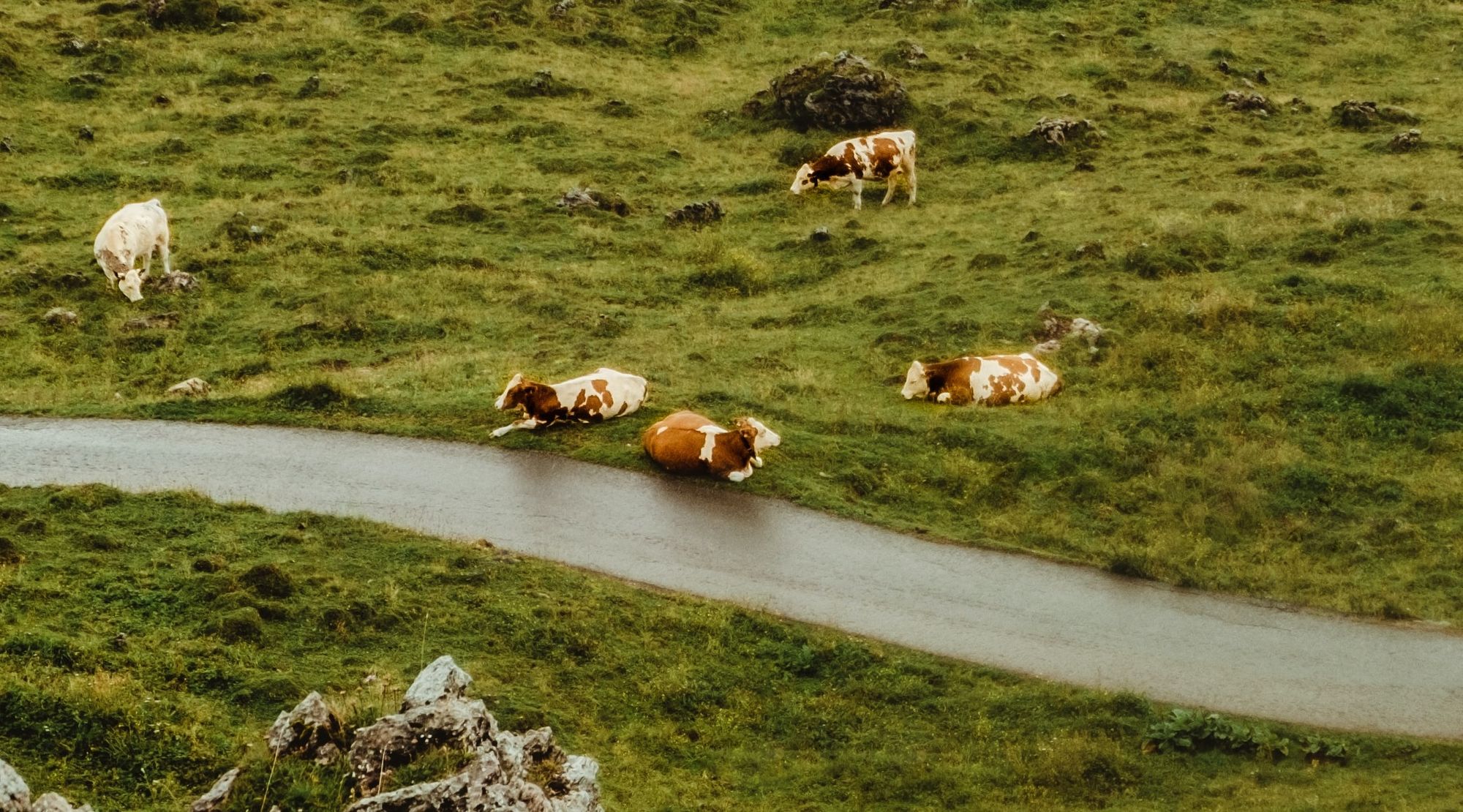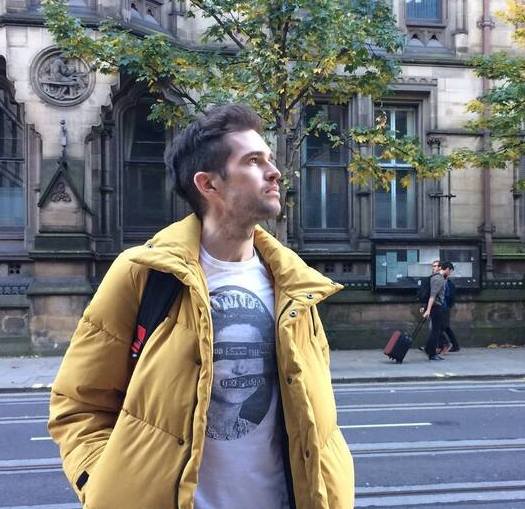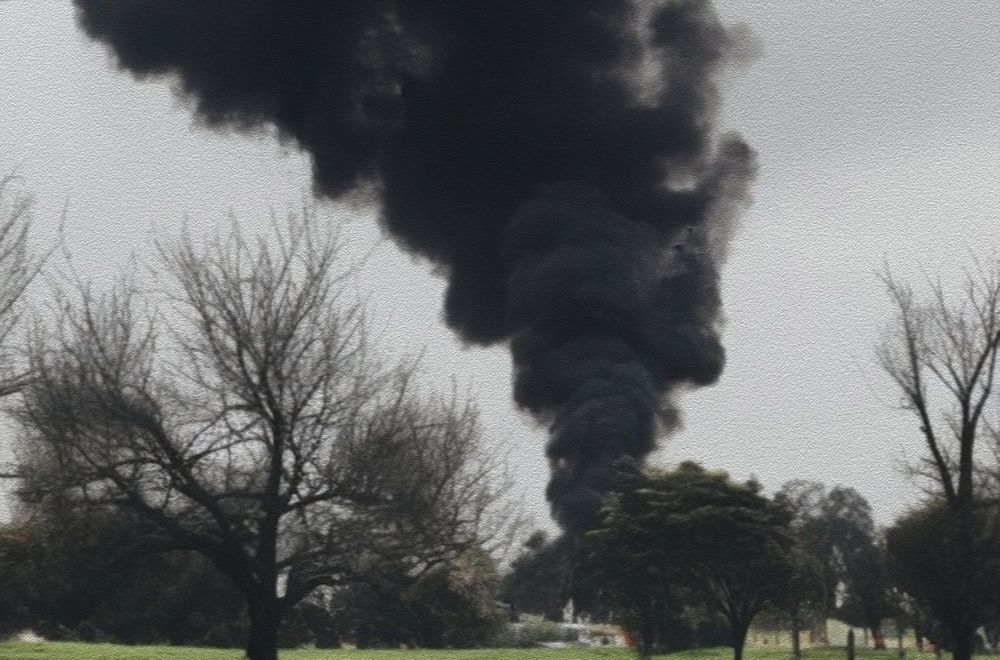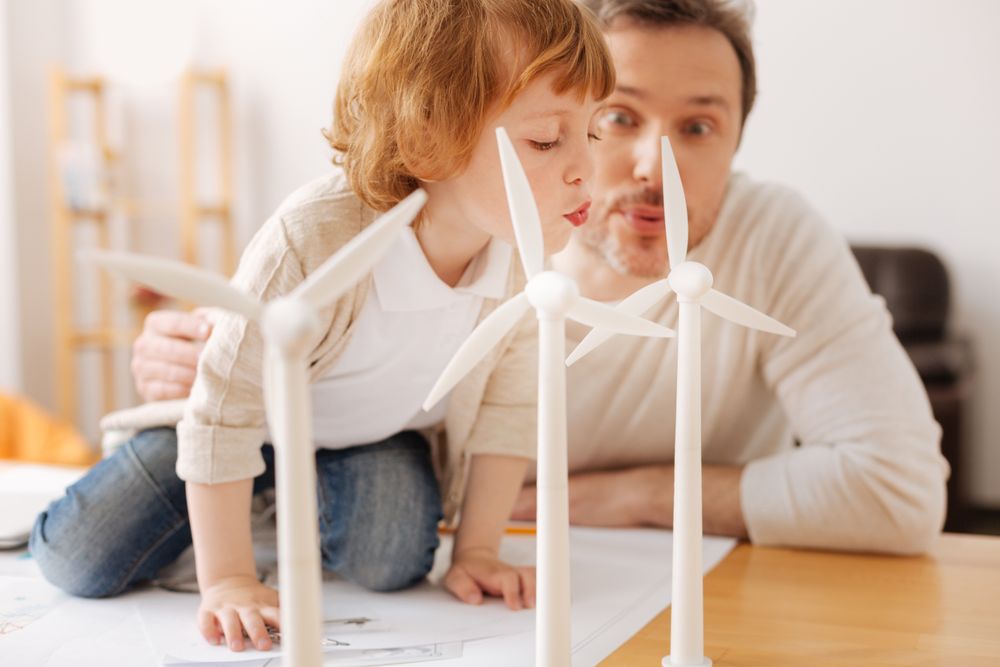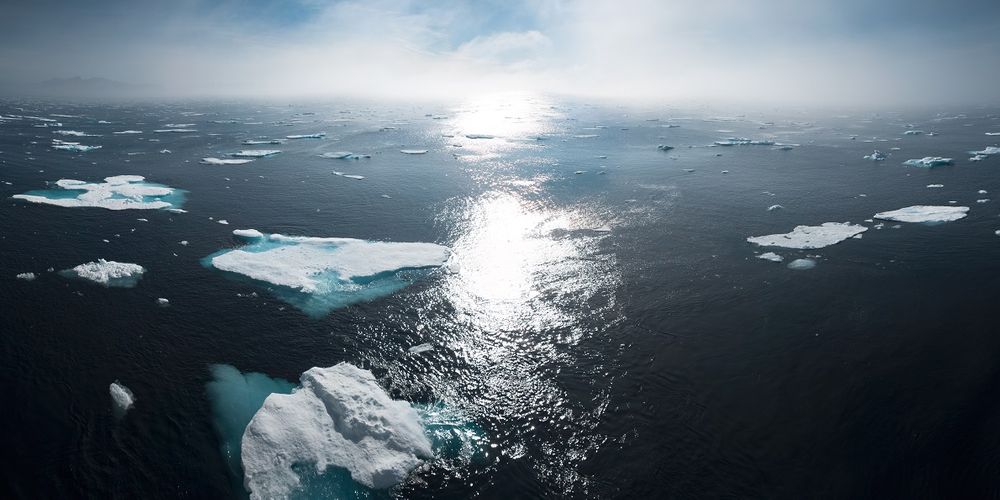What we eat has always mattered. When we were kids, our parents tried to get us to eat more greens so that we’d stay relatively healthy. As we got a bit older and had to have a few teeth taken out, we were told that — despite how good it tasted during childhood — sugar was actually really bad for us!
Now, things have got even more serious. What you eat doesn’t just affect you and your physical well-being — it can also affect the environment.
In this article, I’m going to explore the toxic link between food and climate change — and how we can all make better food choices.
The problem with food (especially beef)
The world’s food system is inextricably tied to the increase of greenhouse gases. In fact, it accounts for 25% of the gases that we humans generate every year!
As the video above points out, there are a handful of foods that contribute more to greenhouse gases than others. These include:
- Beans (super minor impact on greenhouse gases)
- Tofu (minor)
- Eggs (kinda harmful)
- Poultry (kinda harmful)
- Pork (harmful)
- Cheese (harmful)
- Lamb (very harmful)
However, there is one main offender that stands out in particular: Beef.
Beef isn’t just “very harmful” to our planet — it’s downright dangerous.
Livestock in general is estimated to account for a whopping 14.% of the global warming generated by human beings every single year. But why is beef so much more harmful to the planet than lamb? Or anything else? Why does it have an average greenhouse gas impact of 17.7% each time we extract 50g of protein from it?
Beef causes greenhouse gas emissions because of the way it’s produced. Cows themselves emit greenhouse gases as they process the food they eat.
Moreover, beef production necessitates the use of greater masses of land. And to get that land, trees are often felled which, of course, means an increase in deforestation. When trees are chopped down (especially in great clumps), more carbon dioxide is released into the atmosphere.
The problem is that the situation isn’t getting any better. In fact, it’s probably going to get worse because the global demand for beef is increasing. The greater our appetite for beef is, the more pressure we put on forests and — as a consequence — the climate. Biodiversity is, of course, caught up in this vicious cycle.
But what about poultry?
According to the same study that I shared earlier, poultry has an average greenhouse gas impact of 2.9% each time we extract 50g of protein from it. That’s still not great, although it’s better than cheese (5.4%) and only slightly worse than eggs (2.1%).
However, poultry — like beef — does seem to be everywhere. Indeed, KFC sells loads of chicken burgers each year! And what about those chicken nuggets at McDonald’s, huh? So how come it isn’t as taxing on the climate as beef?
One answer is that beef is simply a more resource-intensive food than any other food. Cows are ruminant animals, which means their reproduction and growth rates are lower, while the amount of feed they require is way higher. And this animal feed necessitates more and more land.
What better food choices can I make?
Because beef emits 20x more GHG emissions and needs 20x more land per 1g of plant protein, it makes sense that we should start looking for our protein fix from plant-based food. However, if you are a bit of a part-time meat eater who occasionally enjoys the odd steak, and you wish there was another way out of this, improving the efficiency of livestock production is a start.
Rotational grazing has been said to reduce emissions and improve soil health and productivity. The more productive the process is, the less trees we need to chop down. Dairy farms in Kenya, meanwhile, have found a way to boost cattle growth while reducing methane emissions.
So there is hope. However, as things stand, beef is still incredibly harmful to the environment. If you’re look to make better food choices, here are some suggestions:
Eat more beans
Beans are an excellent source of protein and — for many — can even replace beef. Beans account for a very small percentage of greenhouse gas emissions, so you really have no worries on that front.
There are lots of different types of beans — from protein-pumped cannellini beans, to black beans (OMG, black bean sauce!) — and you can even enjoy a delicious bean burger with all your favorite sauces.
Cut out dairy milk
Dairy has a pretty big impact on climate change, so it’s well worth swapping dairy milk for a substitute like oat milk, almond milk, or coconut milk.
In fact, you have way more choices than that. Quinoa milk, anyone?
Naturally, everyone has different tastes, so you might need to spend some time experimenting until you find the milk that’s right for you.
Eat sustainable seafood
Sustainable seafood has a smaller carbon footprint than beef and poultry — and it’s very healthy for you.
However, the seafood world can be tricky to negotiate when you’re trying to eat sustainably. Here’s a guide that will help you.
Replace eggs in your diet now and then
Eggs aren’t as harmful to the planet as beef, but they still account for a fair percentage of greenhouse gas emissions. If you like eggs but would like to cut down, there are a few alternatives.
For example, instead of scrambled eggs, you could go with scrambled tofu.
When it comes to baking cakes, meanwhile, you’ve got a few options. Some popular ones are flax seeds, chia seeds, chickpea flour, or simply bananas — they work really well as a binding agent.
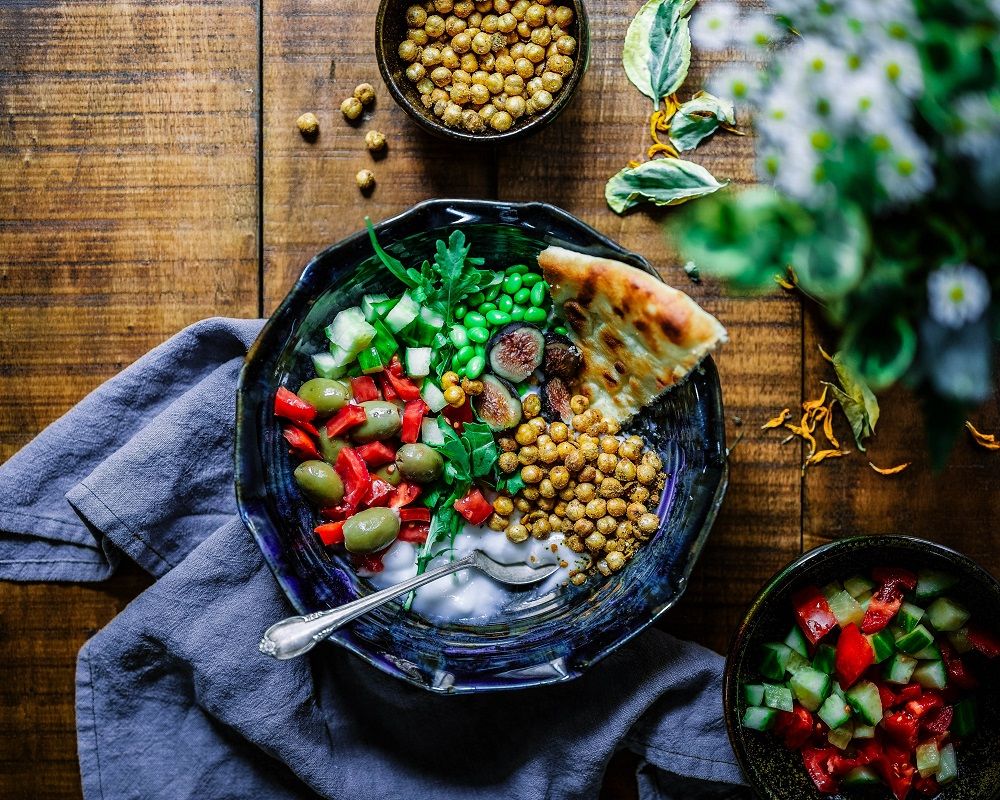
Final thoughts
There’s obviously no way any one of us can save the planet by ourselves. But by making better choices about the food we eat, we can still be a part of something amazing as we as a collective strive for a better future.
If you like this article, make sure to check our guide to transitioning to a greener diet and guide to sustainable gastronomy.

